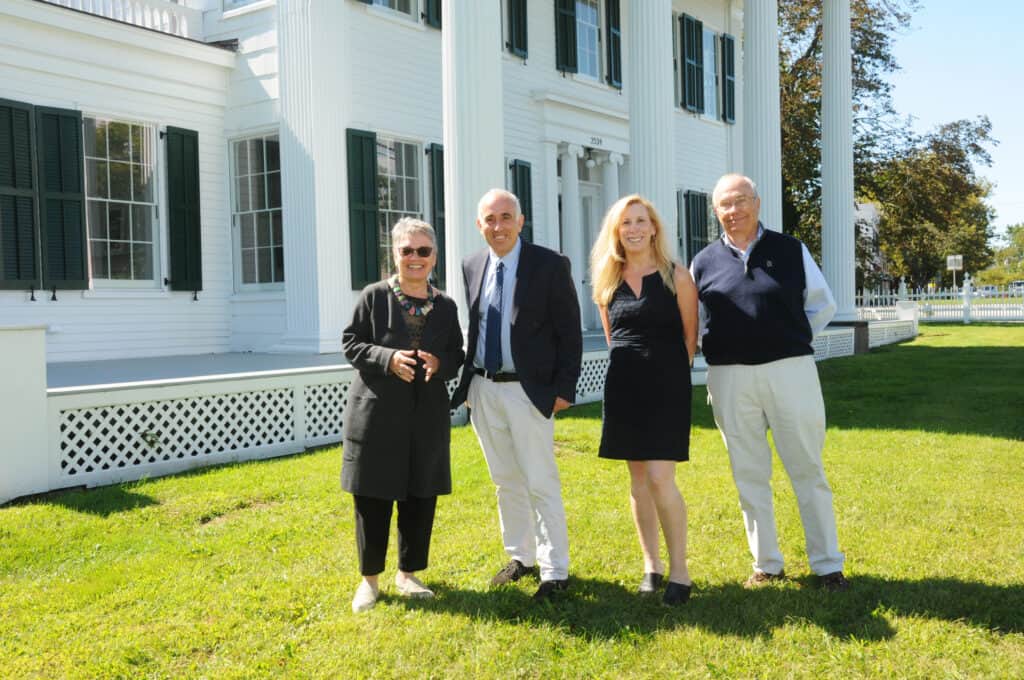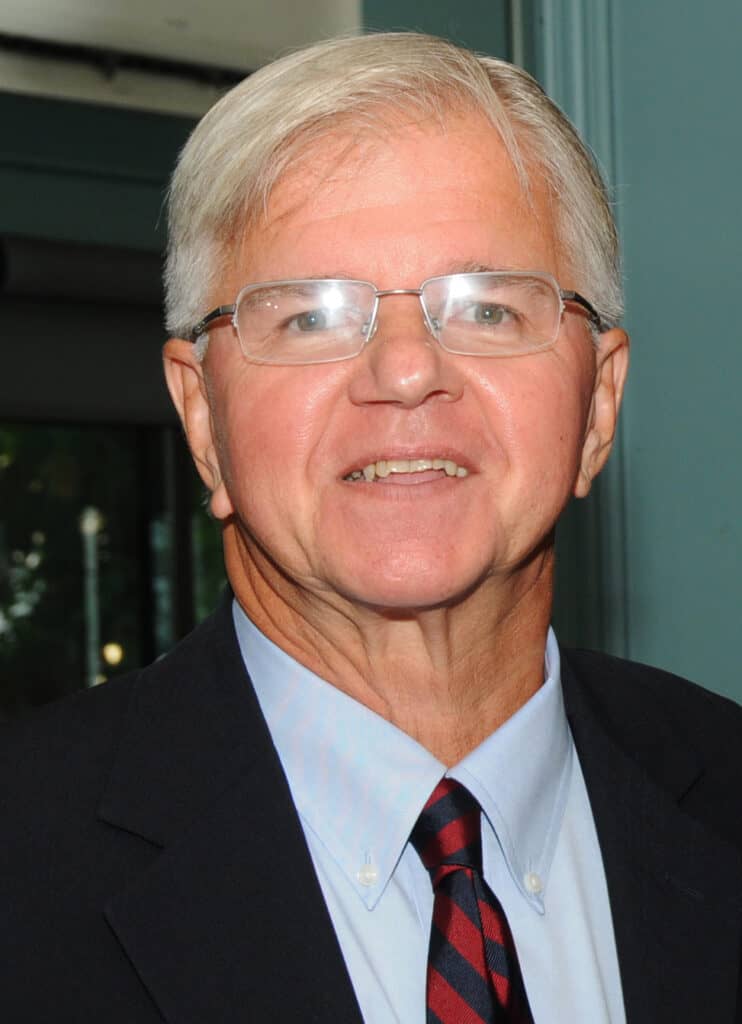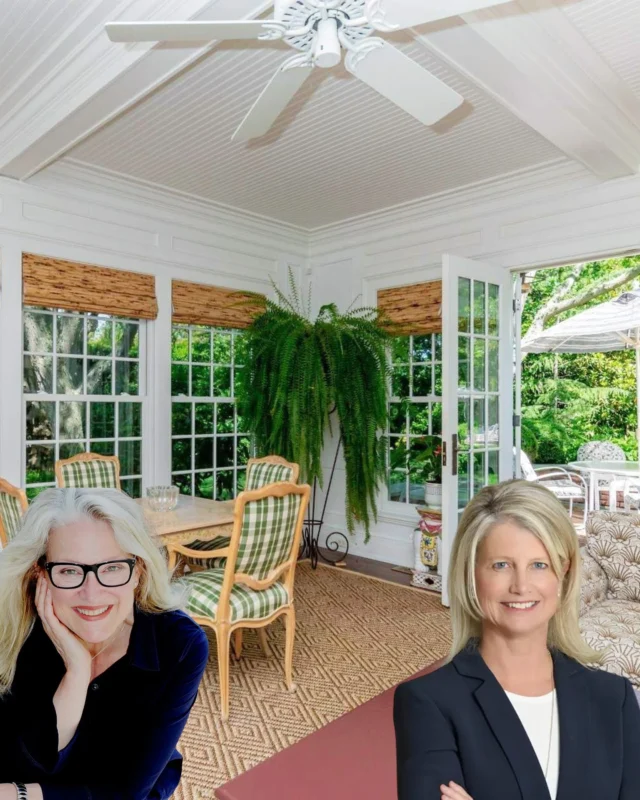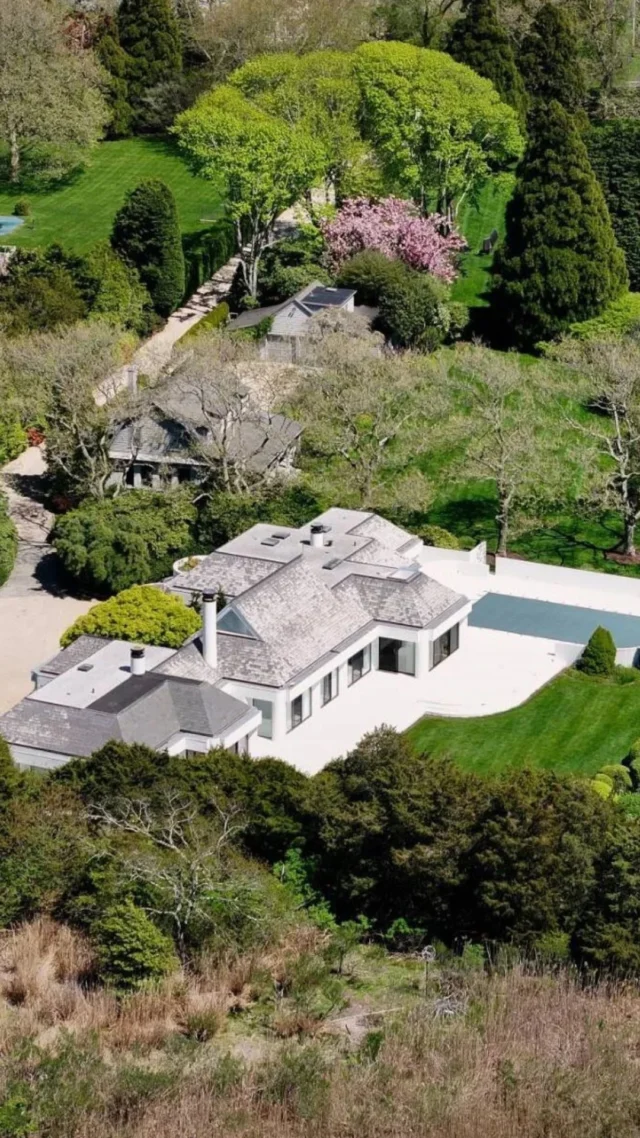Community Preservation Fund Generates Almost 2 Billion Dollars Over the Last 23 Years
Unless you have bought or sold property in one of our five East End Towns (Riverhead, Shelter Island, Southampton, East Hampton and Southold) in the last 23 years, you may have no reason to know what “CPF” stands for. If you live in one of these Towns, your quality of life benefits daily from Community Preservation Fund purchases.

Lisa Kombrink, Jay Schneiderman, Nina Rayburn Dec, Peter Sughrue at the Nathaniel Rogers House in Bridgehampton
According to New York State Assemblyman Fred Thiele, the development boom in the 1990’s on the East End that was subdividing substantial properties like the Grace Estate and Hampton Hills, inspired him and New York State Senator Kenneth LaValle to search for a way to slow the development trend, thereby preserving our dramatic open vistas, waterways and historic structures. Based on a model that existed at the time in Nantucket, Massachusetts, as of April 1st, 1999, a 2% tax (“Peconic Bay Region Community Preservation Fund”) was to be collected on all properties where ownership was transferred. By law, the CPF Funds collected could be used to purchase properties like open space, farmland, park land, forests, aquifers and historic places. With the continuing geometric increases in property values, Assemblyman Thiele notes that a CPF Fund “allows conservation to keep pace with development”. Predictions were that East End CPF would collect 15 million dollars a year, but has actually averaged 90-95 million dollars per year, with over 10,000 acres already preserved. The program has generated approximately 1.7 billion dollars since 1999. Recent financial support and purchases have included the Sag Harbor Cinema, portions of the Pine Barrens, the Long Pond Green Belt, Sag Harbor’s Steinbeck Park, the Life Saving Station in Hampton Bays and “Sugar Loaf”, the Shinnecock Hills Indian Burial Grounds.
A classic example of CPF purchases of historic places is the Greek Revival style Nathaniel Rogers House (added to the National Register of Historic Places in 2005) at the corner of Main Street and Ocean Road in Bridgehampton. On a recent tour of the House with Bridgehampton Museum Executive Director Nina Rayburn Dec and Board President Peter Sughrue, Southampton Town Supervisor Jay Schneiderman and Southampton Town CPF Manager Lisa Kombrink reported that the property was rescued from development when the Town CPF contributed $2.5 million of the approximate $3 million to purchase it. Both would like to see an expansion of Historic Districts in the Town in the future.

According to Assemblyman Thiele, the supply of substantial open space parcels available for purchase is rapidly dwindling. So, especially in the Town of East Hampton, future emphasis will be on historic places, locations critical to our water quality, and areas that are vulnerable to the effects of climate change, like oceanfront properties in downtown Montauk.
In East Hampton Town, the most recent CPF acquisition was the purchase of the Bistrian Farm property in Amagansett (reported in last month’s HRES). Scott Wilson, CPF Program Manager for the Town of East Hampton, reports looking at about 100 prospective properties per year. Future possible inclusions in the Program are a 50-acre piece in Wainscott Woods, 40 acres off Old Montauk Highway in Montauk, and the 170-acre Camp Blue Bay Girl Scout Camp.
The Community Preservation Fund Program will end in 2050, so, if we choose carefully, we still have time to preserve the flavor of the East End that we love.

















![A private Sag Harbor retreat with timeless elegance and space to roam 🌿 Set on 6.5± secluded acres, this beautifully designed estate offers over 8,000± square feet of refined living, with layered outdoor spaces, a 50-foot gunite pool and spa, and ever amenity needed for effortless Hamptons Living.
47 Middle Line Highway, Sag Harbor Represented by @theenzomorabito of @douglaselliman [link in bio]](https://hamptonsrealestateshowcase.com/wp-content/uploads/sb-instagram-feed-images/513860206_18518605354030135_4589361988158119558_nfull.webp)



